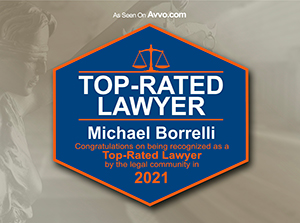
Key changes to the final rules include modifications of the definition of AEDTs and modifications to the bias audit process and publication requirements. The final rules define AEDTs as “any computational process, derived from machine learning, statistical modeling, data analytics, or artificial intelligence, that issues simplified output, including a score, classification, or recommendation, that is used to substantially assist or replace discretionary decision making for making employment decisions,” and further defines “machine learning, statistical modeling, data analytics, or artificial intelligence” as a group of mathematical, computer-based techniques that generate predictions or classifications “for which a computer at least in part identifies the inputs, the relative importance placed on those inputs, and, if applicable, other parameters for the models in order to improve the accuracy of the prediction or classification.” This revised definition removed the requirement that a group of mathematical, computer-based techniques must allow for inputs and parameters to be refined through cross-validation by using training and testing data, thereby widening the scope of what will be considered “machine learning, statistical modeling, data analytics, or artificial intelligence.”
The final rules will also require a bias audit if AEDTs are used to screen applicants early in the hiring process, even when AEDTs are not being used in the final hiring decision. The final rules also allow auditors to exclude a race/ethnicity or sex category from impact ratio calculations when that category represents less than two percent of the data used, but the auditor must disclose the justification for exclusion and individual statistics on the excluded category. In addition to the previous published requirements, the final rules require New York City employers to additionally disclose: the distribution date of the AEDT, the source and explanation of the data used to conduct the bias audit, the selection and scoring rates for each category (race/ethnicity, sex, and intersections between), the impact ratios for each category, and the number of applicants whose race/ethnicity or sex were unknown.
The final rules also address the use of historical data in bias audits, clarify the definition of an independent auditor, specify how employers can meet the notice requirement, and more. The time and money saved using AEDTs has caused employers to increasingly rely on them, but New York City is making sure employers are not engaging in bias for the sake of efficiency.
While the New York City AEDTs Law is not yet enforceable, if you believe you may have been a victim of discrimination in the workplace, you should speak to an experienced New York employment law attorney. To learn more or to schedule a consultation to discuss your situation, contact Borrelli & Associates, P.L.L.C. for a free consultation.


















